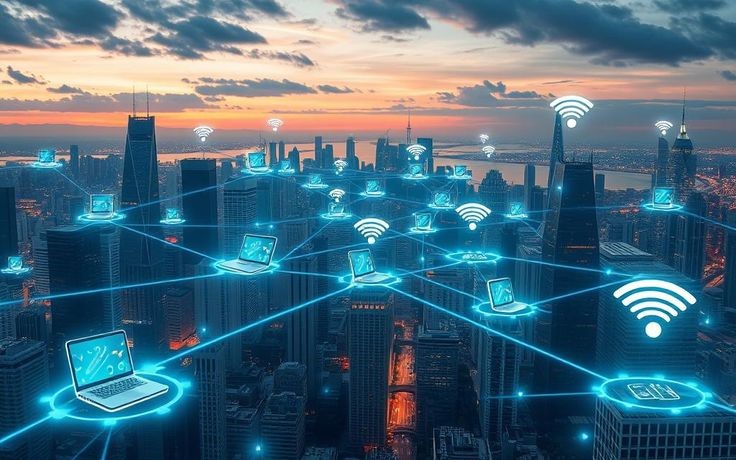
The way we manage properties is rapidly evolving, moving from reactive fixes to proactive, intelligent systems. At the heart of this transformation is the Internet of Things (IoT) – a network of interconnected devices that are making seamless property maintenance a reality. For property owners and managers, embracing the connected home isn’t just about adopting new tech; it’s about unlocking unprecedented efficiency, significant cost savings, and an elevated living experience for occupants.
What is the Connected Home in Property Maintenance?
A connected home, in the context of property maintenance, leverages IoT devices and sensors to monitor, control, and automate various aspects of a property remotely. From smart thermostats to advanced security systems, these devices collect real-time data, enabling a more informed and proactive approach to management.
Key Benefits of Integrating IoT for Property Maintenance
- Unlocking Energy Efficiency & Cost Savings: IoT devices are game-changers for energy management. Smart thermostats learn occupancy patterns and adjust heating and cooling automatically, leading to substantial energy consumption reductions. Similarly, motion-activated and daylight-harvesting smart lighting systems ensure lights are only on when and where needed. These optimizations translate directly into lower utility bills and reduced operational expenses, with some studies showing potential energy cost reductions of up to 30%.
- Embracing Predictive Maintenance to Prevent Disasters: Gone are the days of waiting for a pipe to burst or an HVAC system to fail. IoT sensors can be installed on critical equipment (e.g., HVAC, plumbing, electrical systems) to monitor performance and detect early signs of wear or potential malfunctions. Vibration sensors, thermal imaging cameras, and water leak detectors provide real-time alerts, allowing property managers to schedule maintenance proactively, often during regular business hours, before minor issues escalate into costly emergencies. This predictive approach minimizes downtime, extends equipment lifespan, and significantly reduces emergency repair costs, which can be 3-5 times higher than planned maintenance.
- Enhancing Security and Safety: IoT dramatically elevates property security and safety. Smart locks offer remote access control and monitoring, while AI-powered security cameras provide 24/7 surveillance with features like facial recognition. Environmental hazard sensors can detect gas leaks, smoke, or poor air quality, instantly alerting occupants and authorities. This comprehensive monitoring provides peace of mind and allows for swift action in critical situations.
- Streamlined Remote Management and Automation: For property managers overseeing multiple units or for homeowners managing their residences from afar, IoT offers unparalleled convenience. Remote property access, virtual tours facilitated by 360-degree cameras, and the ability to control lights, thermostats, and security systems via a mobile app simplify operations. Automation capabilities, like automatically adjusting temperatures before a showing or turning off lights in vacant areas, reduce manual intervention and enhance overall efficiency.
- Improving Tenant Experience: Modern tenants expect smart features in their living spaces. Offering connected amenities like smart lighting, personalized climate control, and easy-to-use interfaces for managing devices enhances tenant satisfaction. Furthermore, improved communication through smart systems (e.g., automated notifications for package deliveries or maintenance updates) contributes to a better living experience and can boost tenant retention rates.
The Future is Connected
While integrating IoT systems might present initial challenges in terms of compatibility and data security, the long-term benefits for property maintenance are undeniable. The connected home represents a paradigm shift from reactive problem-solving to proactive, intelligent management. By harnessing the power of IoT, property owners and managers can create more efficient, safer, and ultimately more desirable living and working environments.

